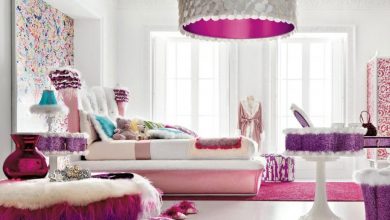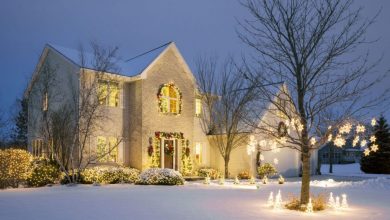Top 5 Ways to Design a Flexible Office
In recent years, there has been an emphasis on creating flexible office designs that foster efficiency, productivity, and wellbeing. Researchers have discovered that the most productive workspaces are comfortable and promote confidence. An effective workspace design creates less stress and caters for the mental and physical wellbeing of workers. Employees produce their best work in calm and creative environments – and a company is only as good as its people.
1 Flexible workspaces
The principal focus of modern office designs is creating diverse workspaces that suit the needs of modern workers. Wireless technology, a better understanding of physiology, health, and wellbeing has prompted office designers to develop workspaces that encourage flexibility and efficiency. Harvard Business Review says areas that promote collaboration together with quiet rooms where individuals can focus provide the optimal office setting. To identify the needs of employees, office planners need to take everyday work patterns and micro-moments into account.


2 Plug ’n’ Play Technology
The ability to easily share data with colleagues and clients is a priority for today’s workers – a facility that is made possible by mobile devices and cloud computing. Employees essentially want workspaces where they can plug ’n’ play, collaborate and share from anywhere. Software supports the management and accessibility of workflow and enhances productivity. Likewise, collaborative workspaces that enable colleagues to share screens and streamline processes also helps a business to run more efficiently and fluently.


3 Social hubs
Today’s CEO’s understand the best assets of the company are their employees. As a result, office design trends have seen an increase in social hubs and recreational areas that encourage interaction between employees. A recreational office space helps to ease stress and makes going to work more enjoyable. Activities that enable employees to take their mind off work also unlocks creativity.
Innovative social hubs range from collaborative workspaces to indoor sports such as table tennis and Fussball tables and miniature golf courses on the roof. The purpose of recreational spaces is to encourage movement, which helps to improve the physiological needs of the body and energize employees.


4 Flexible seating structure
Desks and chairs that can be easily restructured are highly adaptive to how people need to use the space. Casual meeting places in offices are also being used for informal meetings which require people to sit closer together or work in tandem. Whereas traditional built-in desks limit the way people can use workspace, lightweight, and durable furniture encourages creativity and gives employees unlimited options on how they use the space. You can also get software that tracks furniture, so employees know where to find chairs and tables that have been utilized in a different area of the office.


5 Accommodate future growth
Smart businesses plan for growth. You can start the preparations for expansion by the way you design your office. Reserve a space for ad hoc projects but with a view to installing a new team as and when required. Modern office design trends revolve around having diverse areas of open space that encourage staff to move around. Oftentimes this involves a cross-departmental team working together on a special one-off project.
Designated spaces for special projects mean you utilize your office space that is separate from the main office environment without having to invest more or waste money on a floor that is not used. Companies have found that having a private area reserved for ad hoc projects encourages collaborative interaction but also provides a quiet area which heightens focus, deep-thinking, and productivity.


UK office designers Office Principles say, “creating an effective yet comfortable workspace plays a significant role when it comes to boosting business performance.” Flexible office designs enhance creativity and provide employees with a platform for your business to flourish.








